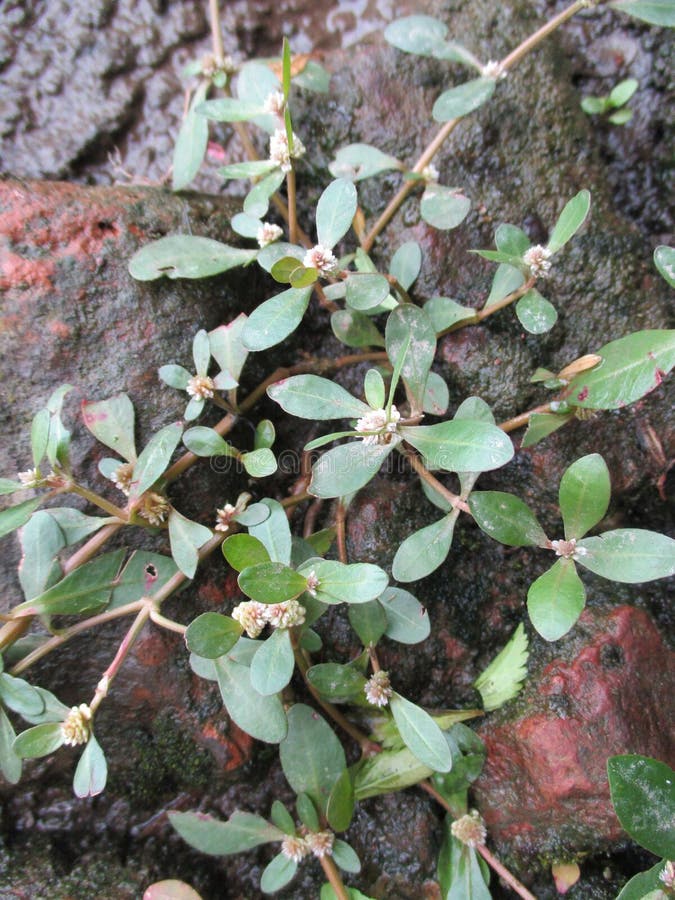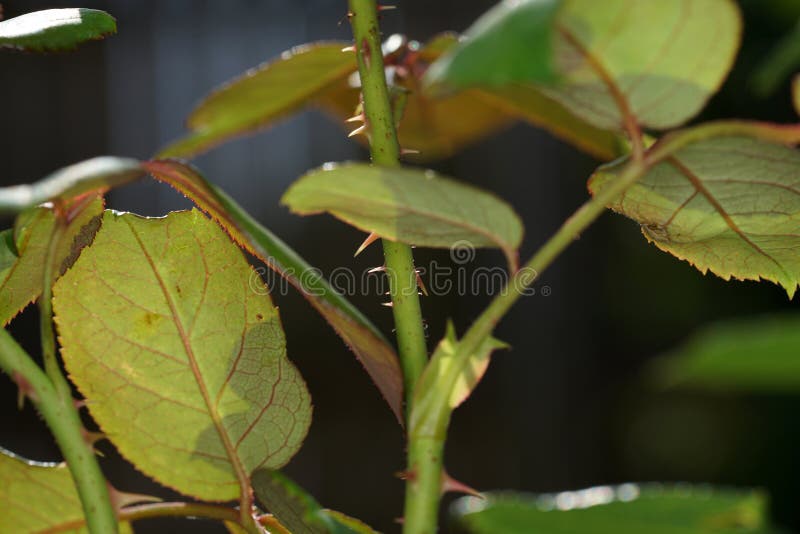



These two genes are located on the same chromosome, 36 map units apart. Indeed, a closer look under the microscope confirmed that the spiny structures on the stem of Cryosophila albida have the internal anatomy of a root, not a stem.Transcribed image text: In thistle plants, dark purple (D) is dominant to light purple (d) and tough thorns (T) are dominant to soft thorns (t). The palm family is known for having stems and leaves with spiny structures, but there are few examples of palms that produce their shoot spines with root tissue. Perhaps the most intriguing example of spinescence can be found on the trunk of the tropical palm Cryosophila albida in The Rose Hills Foundation Conservatory for Botanical Science. (That’s right, roses have prickles, not thorns!) The prickles on the silk floss tree ( Ceiba insignis) in the Desert Garden give this tree one of the most handsome trunks in our collection. Prickles are notable for their complete absence of vascular tissue, the microscopic vessels that conduct sugar and water throughout a plant. Since prickles are sharp projections produced by the skin of a plant, they tend to pop off easily, as they do on rose bushes. The stem of a tropical palm, Cryosophila albida, showing root spines along its trunk. Prickles come from neither they are simply corky projections from a plant’s skin, or dermal tissue. Plant anatomy comes into play here, as the internal structure of leaves, stems, and roots are unique in their arrangement. To a botanist, however, not all spiny structures are the same. It turns out that spines are derived from leaf tissue and thorns from stem tissue. Botanists like myself describe such plants as spinescent.

This development of true spines and spine-like structures like thorns and prickles is a recurring adaptation seen in plants from around the world. Although it has been shown that in some plant families, such as cacti, spines arose primarily as a mechanism to reduce water loss from leaves, most plants that have spines use them to protect themselves from hungry animals. When you walk among the living plant collections at The Huntington, especially in the Desert Garden, you may notice that many of the plants have spines. This species makes up a core component of the spiny thicket forests in southern Madagascar. The stem of Alluaudia ascendens, in the Desert Garden, showing multiple sharp thorns.


 0 kommentar(er)
0 kommentar(er)
